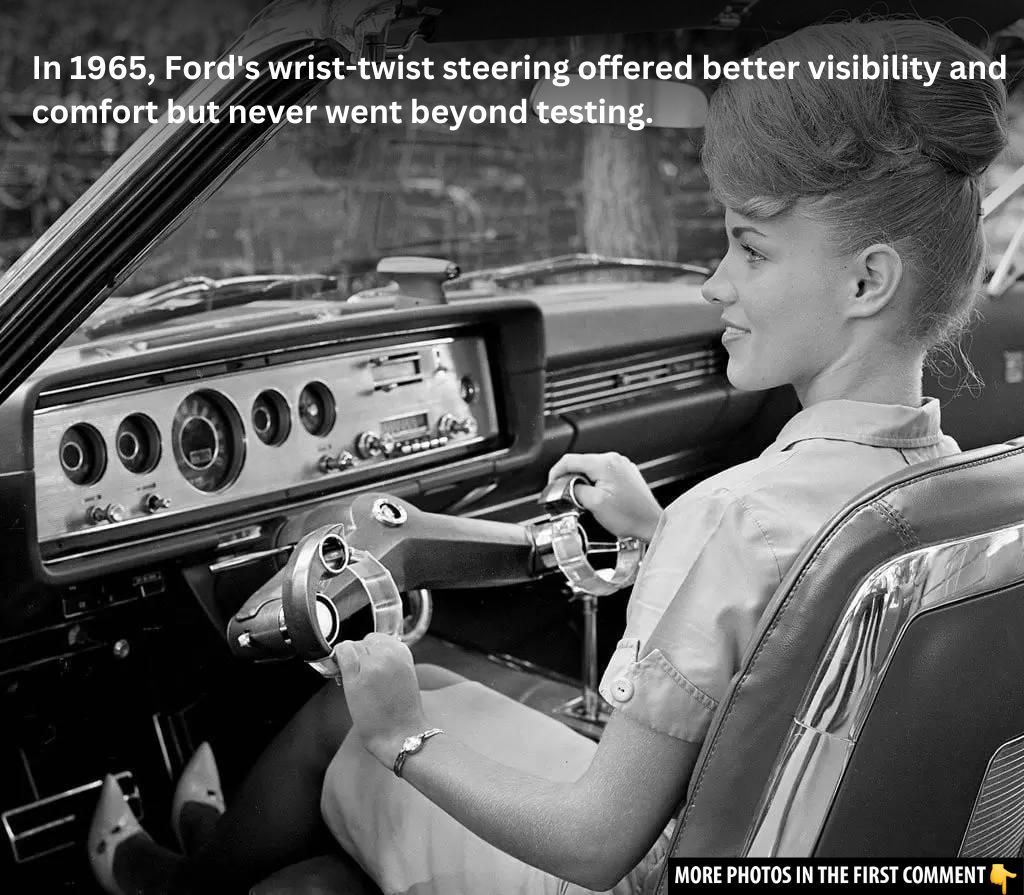The automotive world has long been a playground for new ideas and concepts, many of which have remained stuck in the past, while others have shaped the future. One of the most striking examples of such an overlooked innovation is Mercury’s “Wrist-Twist” steering system, introduced in the 1960s. Long before Tesla popularized the yoke-style steering in its Model S, Mercury, under the Ford umbrella, took a leap into the unknown by experimenting with a design that would change the driving experience—if only it had caught on. This article revisits the forgotten history of the “Wrist-Twist” system, exploring its design, test-drive experiences, safety benefits, and the reasons it didn’t become a mainstream feature.
Introduction: The Mercury “Wrist-Twist” Steering System – A Forward-Thinking Innovation
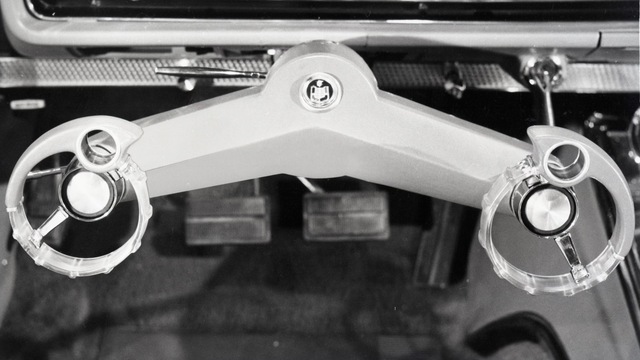
Mercury, the once-stalwart division of Ford, was known for its bold designs and innovations, but none more curious and forward-thinking than the “Wrist-Twist” steering system. While Tesla has recently popularized the yoke-like steering wheel in its Model S, Mercury’s attempt in the 1960s with its “Wrist-Twist” steering predated it by nearly 50 years. At the time, Mercury introduced this new technology in an effort to improve driver comfort and enhance vehicle visibility, concepts that seem deceptively modern today.
This early experiment is a testament to how automakers of the past were unafraid to push boundaries and challenge the status quo, even though the technology had yet to catch up fully with their bold visions. Let’s take a deeper dive into what Mercury’s engineers had in mind, how they brought the idea to life, and why it ultimately didn’t achieve the widespread success it deserved.
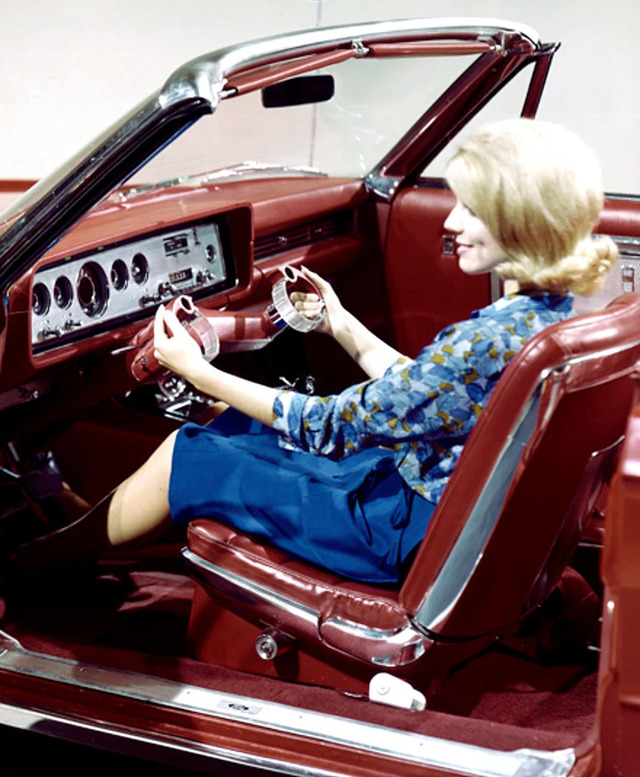
Video
Watch the 1965 Ford promo film to see the experimental ‘Wrist-Twist’ steering control in action on a Mercury Park Lane convertible.
Mercury’s Groundbreaking Design: A New Era of Driving Comfort
The Mercury “Wrist-Twist” steering system was introduced to the public in 1965 and immediately captivated the attention of automotive enthusiasts. Unlike traditional steering wheels, which could be large, cumbersome, and obstructive to visibility, the Wrist-Twist system used two small dials placed on either side of the driver’s seat. These dials, similar to small steering wheels, were designed to be controlled with the wrists—an ergonomic solution that promised a more comfortable and intuitive driving experience.
The design goal was twofold: to improve the driver’s view of the instrument panel and the road ahead. The wrist-twist system achieved both. The absence of a bulky steering wheel allowed for an unobstructed view of the dashboard and road, providing the driver with an enhanced sense of control. For its time, the Wrist-Twist system was revolutionary, offering drivers an unprecedented level of comfort and visibility, two factors that many modern vehicles still strive to improve.
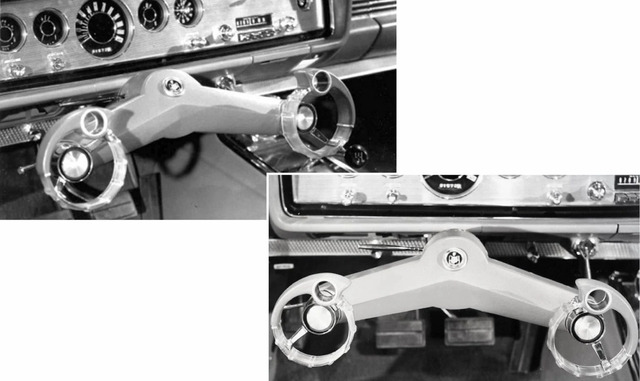
The Technology Behind the “Wrist-Twist” Steering
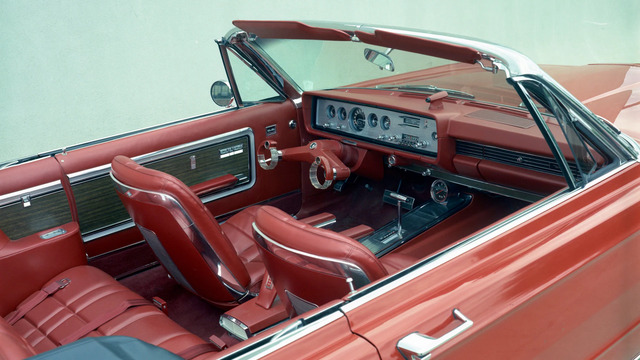
The mechanics of the system were surprisingly straightforward. The two dials, positioned for easy wrist control, were mechanically linked, which meant they turned in unison. Power-assisted steering, which was an emerging technology in the 1960s, allowed for easier handling, and the entire system was hydraulically powered. Mercury’s engineers made sure that the steering ratio was faster than most American cars at the time, a feature designed to increase responsiveness. For comparison, the standard Mercury steering wheel had a 3.6-turn ratio, while the Wrist-Twist system had a 2.8-turn ratio—making it much quicker to steer.
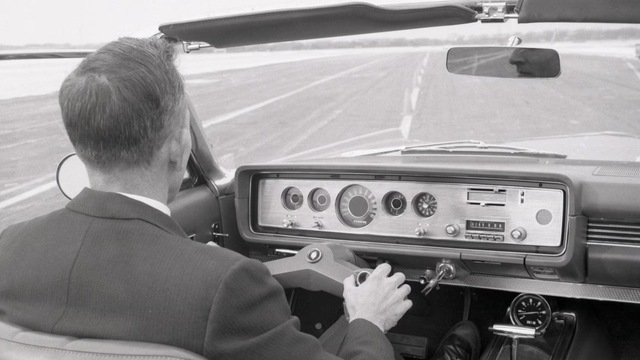
A critical component of the Wrist-Twist system was its auxiliary power steering. In the event that the car’s main engine-powered pump failed, an auxiliary electrical pump took over, ensuring that the vehicle’s steering remained smooth and easy to control. This feature highlighted Mercury’s forward-thinking approach to driver safety and performance, preventing a situation where the loss of engine power would suddenly stiffen the steering.
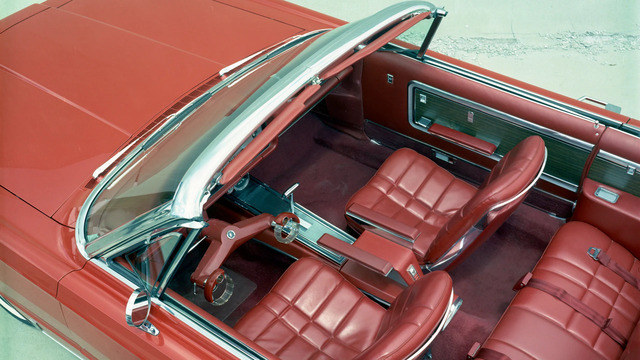
Test Drive Experience: What Drivers Thought of Mercury’s New Steering
When Mercury first unveiled the Wrist-Twist system, they didn’t just sit back and wait for public approval—they let drivers experience it for themselves. A 150-mile test drive in a modified 1965 Mercury Park Lane convertible allowed a variety of people from different walks of life to get behind the wheel and give feedback. Initial reactions were overwhelmingly positive, with most drivers noting the increased comfort and enhanced visibility. The dials, though unconventional, quickly became intuitive, with many drivers reporting that it took only a couple of minutes to adapt to the system.
On the downside, there were some issues with comfort that needed to be addressed. Drivers found that the armrests positioned for wrist comfort were sometimes either too high or too low. Nonetheless, these minor complaints were easily correctable, and most drivers agreed that the system was a step forward in automotive design.
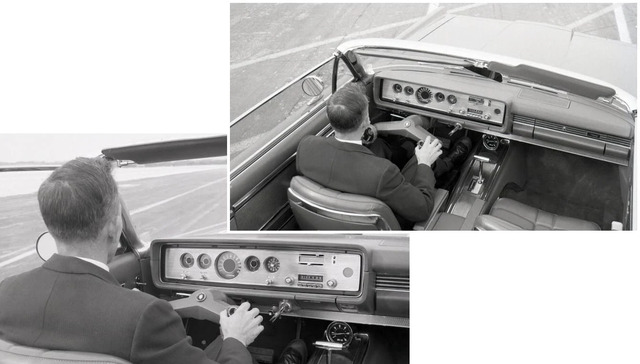
Safety First: The Potential for Increased Safety with the New System
One of the standout benefits of the Wrist-Twist system was its safety potential. Unlike traditional steering wheels, which have large, rigid rims that could cause injury during a crash, the Wrist-Twist system was rimless. In the event of a collision, the absence of a traditional wheel greatly reduced the risk of the driver’s head or knees striking the wheel. Mercury’s engineers also envisioned a telescoping column for even further protection, an innovation that could have had a major impact on the safety of drivers in the 1960s.
Though the system was never mass-produced, it was clear that Mercury’s engineers had thought carefully about the safety implications of their design. The innovative approach to steering could have paved the way for safer, more ergonomic driving systems, had it been given the chance to evolve.
Challenges and Setbacks: The Roadblocks Mercury Faced
Despite its promise, the Wrist-Twist system faced several hurdles. While many drivers praised the increased comfort and visibility, there were practical challenges to overcome. The lack of a conventional steering wheel may have alienated traditionalists, who were not ready to embrace such a radically different driving experience. Moreover, the system’s comfort issues, such as the positioning of the armrests and the difficulty of getting in and out of the car, were significant concerns that needed to be addressed.
Technical issues also plagued the early models. Mechanical failures and the occasional malfunction of the auxiliary power system raised questions about the reliability of the Wrist-Twist steering. Despite these setbacks, however, Mercury’s engineers were undeterred, continuing to refine the system to improve its usability and functionality.
Why “Wrist-Twist” Didn’t Take Off: A Missed Opportunity in Automotive History
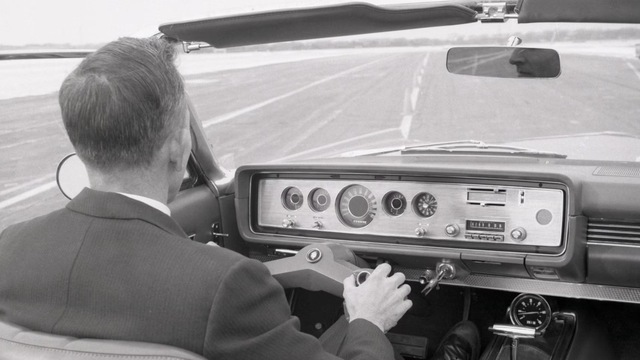
While the Wrist-Twist system was a remarkable step forward in terms of design and innovation, it was never mass-produced. Part of the reason for its failure to catch on was simply timing. The world of automotive technology in the 1960s was still dominated by traditional systems, and the public’s resistance to change hindered the adoption of the new steering design. Additionally, the development of power steering in more conventional vehicles made the Wrist-Twist system appear redundant in comparison.
However, it’s also worth noting that the system was far ahead of its time. Much like the Tesla yoke today, the Wrist-Twist system broke with tradition in favor of a more futuristic design. In many ways, it foreshadowed the type of steering systems we see in high-tech vehicles today, although the public wasn’t ready for it back then.
Legacy: How Mercury’s Vision Influenced Future Innovations in Steering
Though the Wrist-Twist system never made it to mass production, its legacy can still be seen in modern steering technologies. Today, many high-end vehicles feature steering systems that are designed to improve visibility, reduce fatigue, and offer a more ergonomic driving experience. The Tesla yoke is perhaps the most well-known example of a system that follows in Mercury’s footsteps, albeit with modern technologies like electric steering.
The idea of reimagining traditional car controls is not new, but Mercury’s pioneering effort in 1965 laid the groundwork for many of the innovations we take for granted today. The Wrist-Twist system was an early glimpse into the future of driving, where comfort, safety, and user experience take precedence.
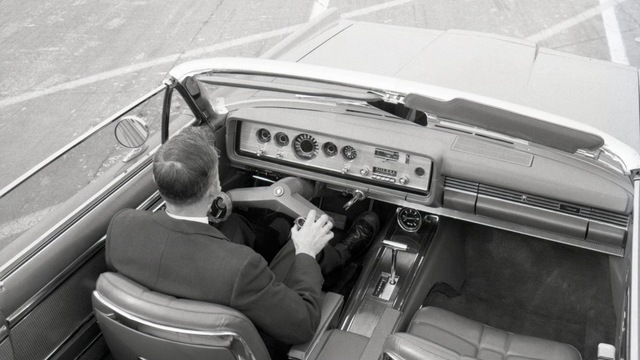
Video
Check out the video on Ford/Mercury’s “Wrist-Twist” steering wheel from 1965 to see this unique car invention in action!
Conclusion: The Enduring Fascination with Alternative Steering Systems
Mercury’s Wrist-Twist steering system may not have achieved commercial success, but its innovative spirit lives on in today’s automotive technologies. As we continue to explore new ways to make driving safer, more comfortable, and more intuitive, we can look back at Mercury’s experiment as an early example of the automotive industry’s relentless pursuit of improvement. The Wrist-Twist system, like many great innovations, may not have made it to the mainstream, but its impact on future developments is undeniable.
